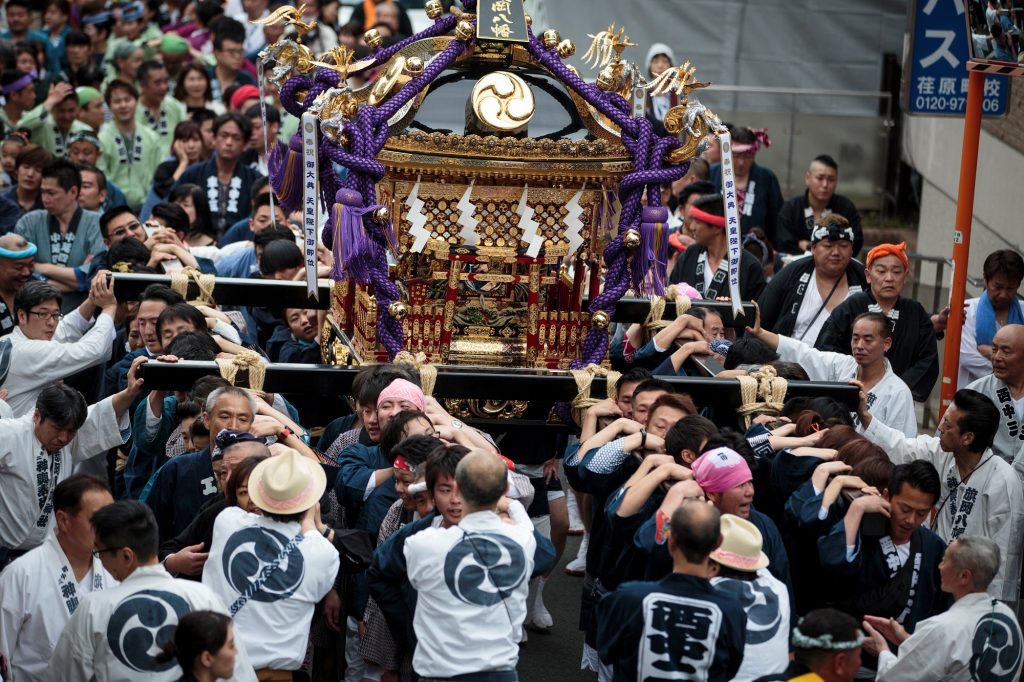
- ARAB NEWS
- 27 Apr 2024

Rawaa Talass
Dubai
Japan, which is considered the world’s oldest monarchy, earlier this year witnessed the historic abdication of Emperor Akihito.
He became the first ruler in nearly 200 years to step down from the divine imperial seat known as the Takamikura (Chrysanthemum Throne). Next in line is Akihito’s son, 59-year-old Naruhito.
A sophisticated enthronement ceremony, sokuirei seiden no gi, will take place on October 22 and a record-breaking number of international royals, dignitaries, and heads of state from 195 countries are expected to attend this major event.
This meticulous and somewhat private affair is meant to introduce the new emperor to the world. It is also deeply embedded in rituals.
On the day of this year’s ceremony – which takes place inside the prestigious main hall of Tokyo’s Imperial Palace and lasts around 30 minutes – the traditionally dressed Naruhito will announce his accession to the revered sun goddess Amaterasu Omikami of Shinto.
Naruhito will visit ancestral shrines, accompanied by sacred items denoting his legitimacy as emperor.
“By definition, the emperor is an intermediary or a direct descendent – in Japanese beliefs – of the highest goddess in the Japanese pantheon. It’s a religious and not just a political ceremony,” Dr. Griseldis Kirsch, a senior lecturer of contemporary Japanese culture at London’s School of Oriental and African Studies, told Arab News.
Representing the Japanese public, Prime Minister Shinzo Abe will go on to congratulate the new emperor, by delivering three “banzai” (long live the emperor) cheers to the new imperial couple.
A special procession will take place in Tokyo’s streets. Naruhito and his wife will travel in a bespoke convertible Toyota Century Limousine from the Imperial Palace to their new residence, the Akasaka Estate, and greet thousands of flag-waving people.
The tradition of meeting the public was first introduced by Akihito.